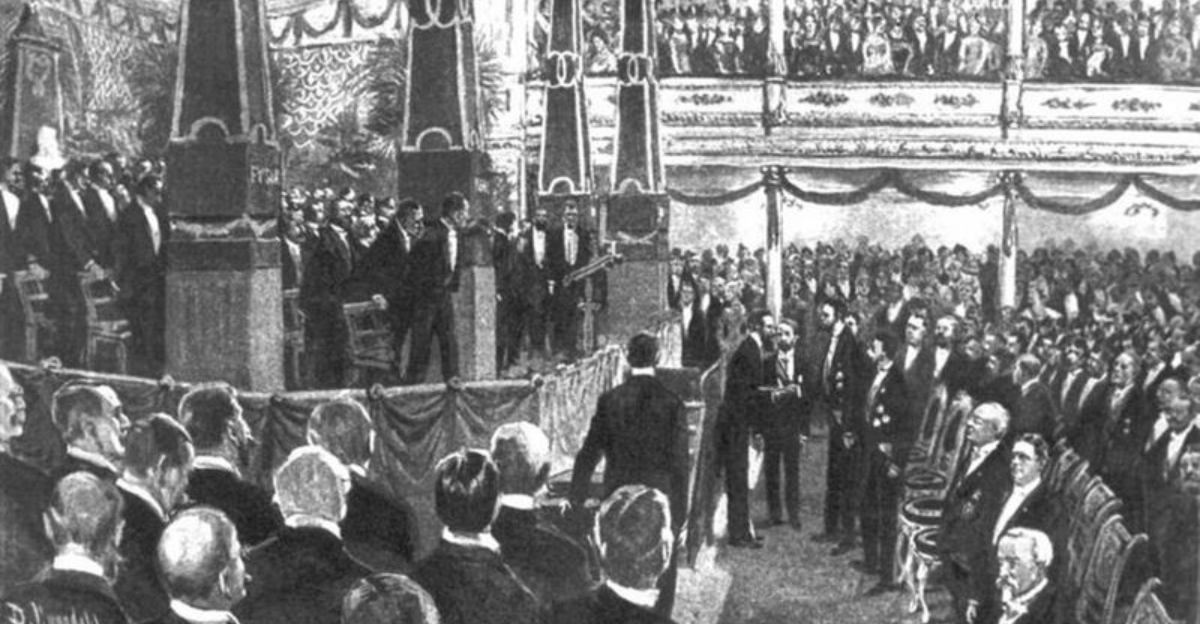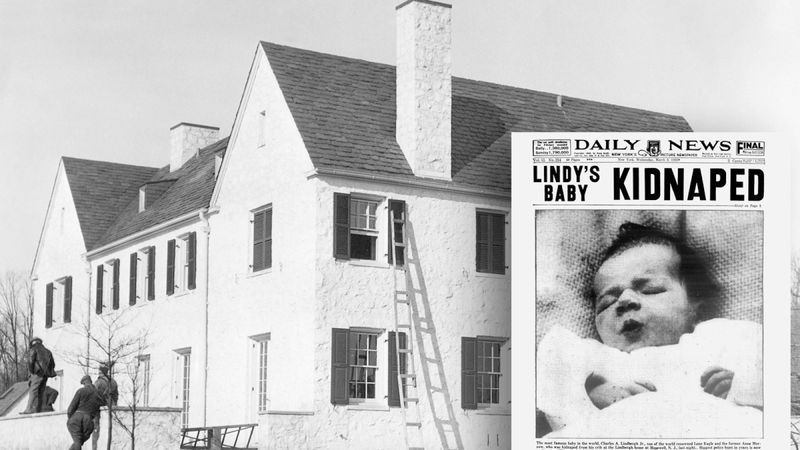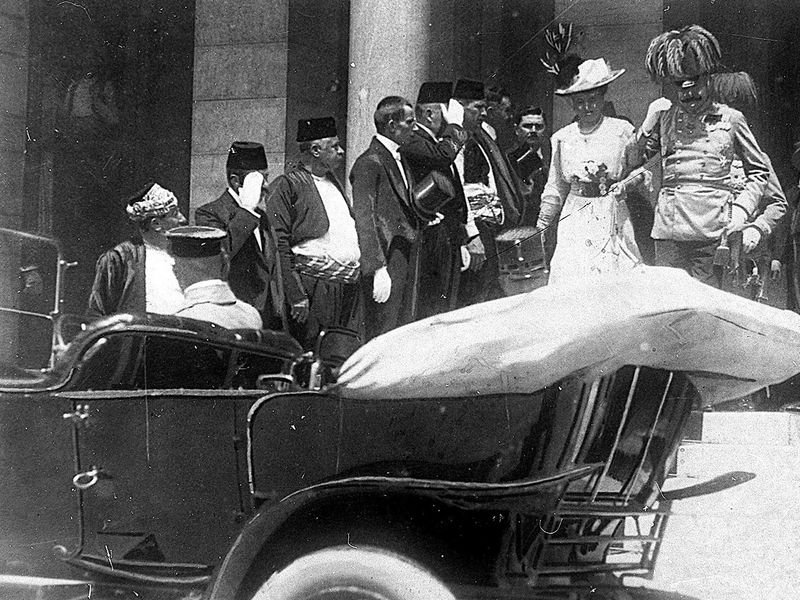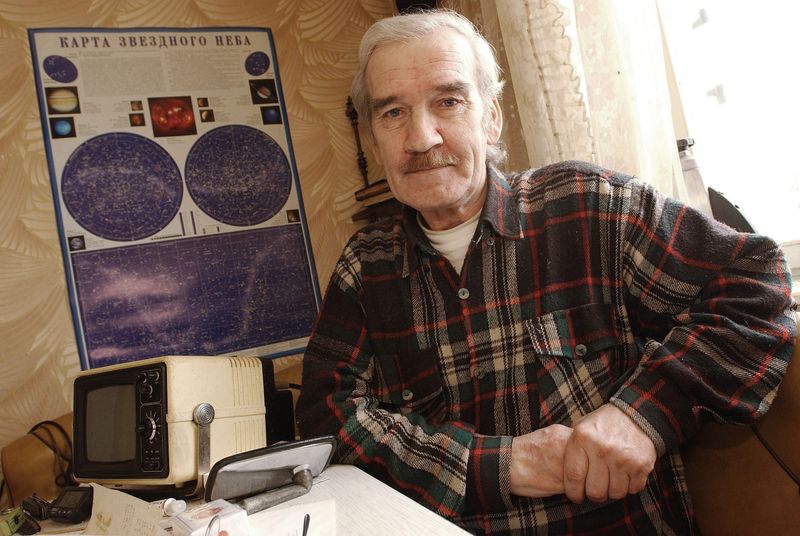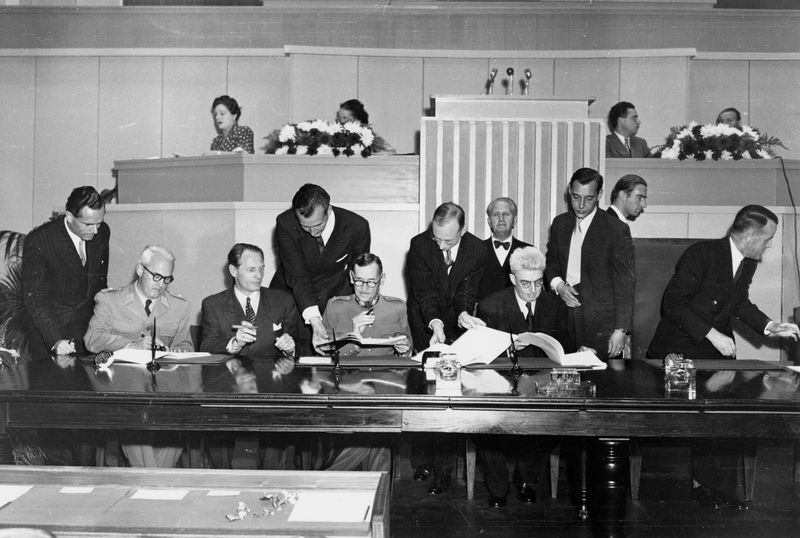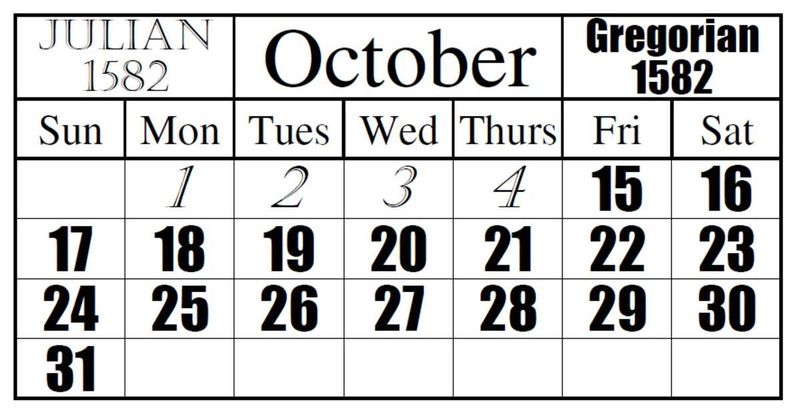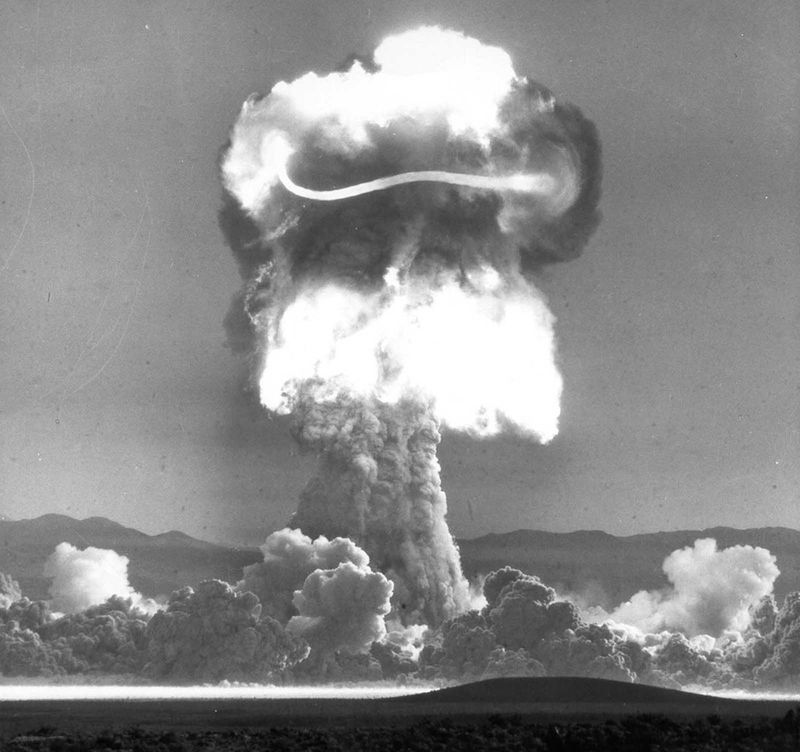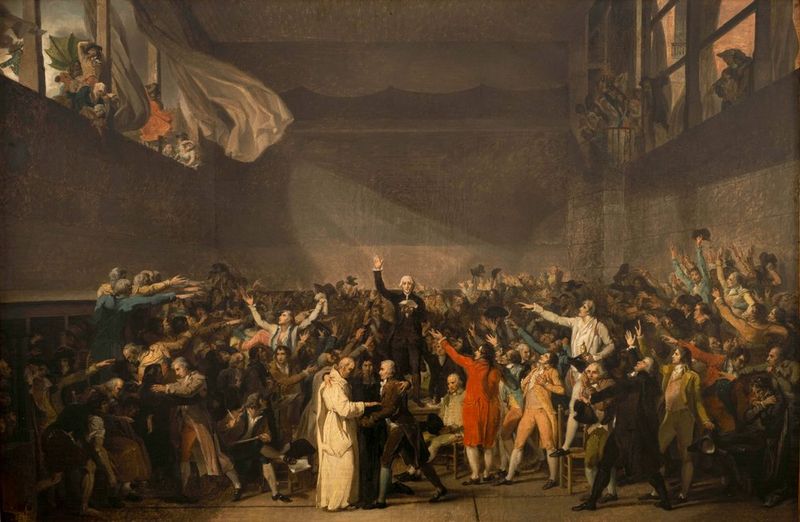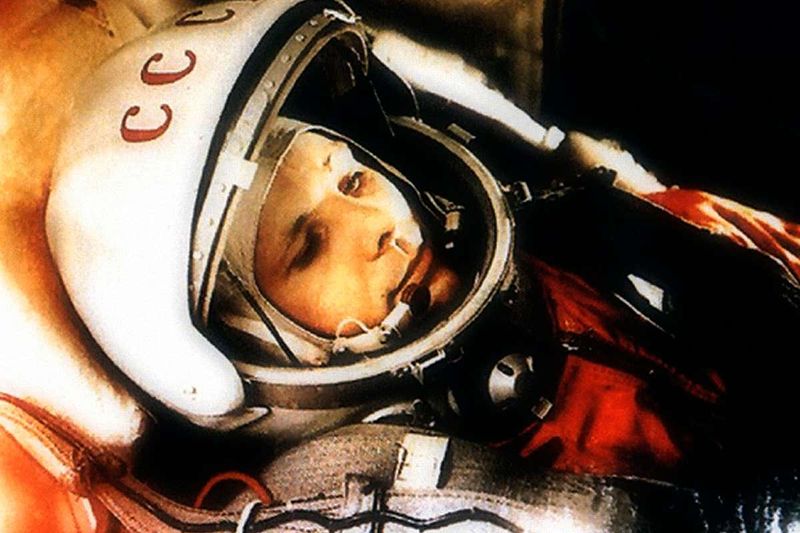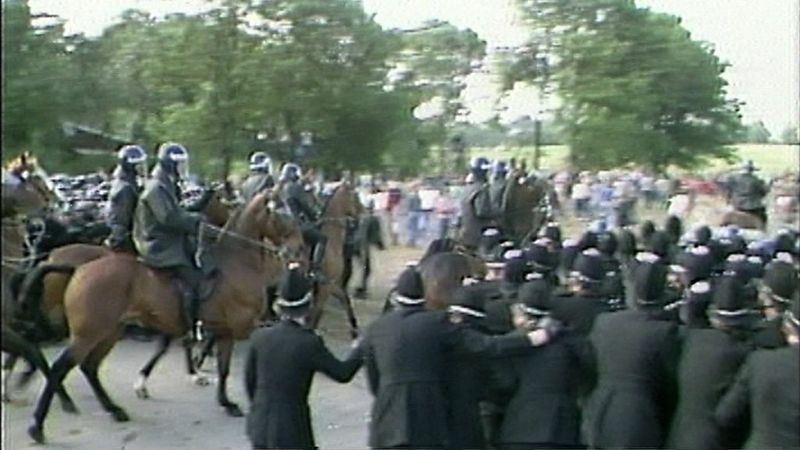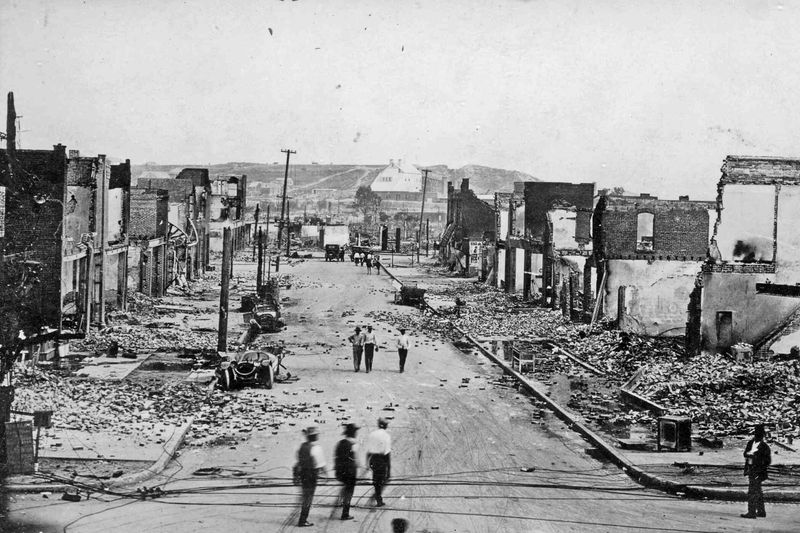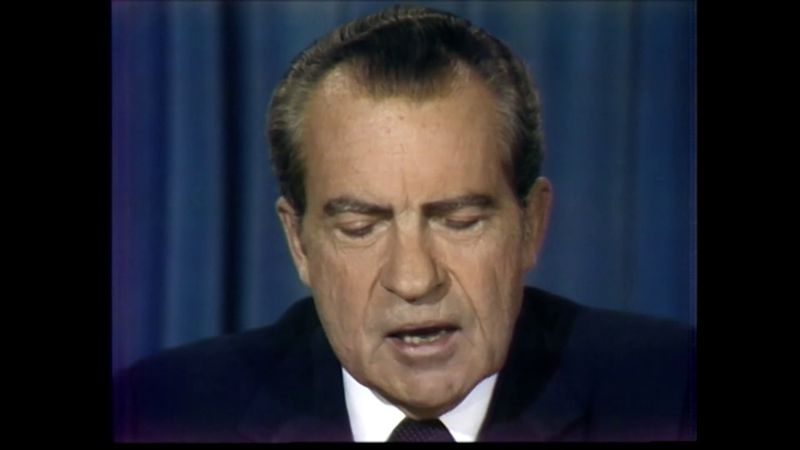History books often highlight the same famous events while overlooking equally important moments that shaped our world.
Behind the scenes of well-known historical milestones lie fascinating days that changed everything but rarely make it into classroom discussions.
These lesser-known dates represent turning points that altered the course of human events in ways we still feel today.
1. March 1, 1932 — The Lindbergh Baby Kidnapping
America froze in horror when 20-month-old Charles Lindbergh Jr. vanished from his crib. The famous aviator’s son had been snatched from the second floor of their New Jersey home, with a ransom note left on the windowsill.
The case transformed American life almost overnight. Congress passed the Federal Kidnapping Act, making kidnapping across state lines a federal crime. Media coverage reached unprecedented frenzy, establishing the template for modern crime reporting.
When Bruno Hauptmann was eventually convicted and executed for the crime, his trial became known as the “Trial of the Century” – the first of many to earn that dramatic title.
2. June 28, 1914 — The Day That Sparked World War I
Gavrilo Princip, a 19-year-old Bosnian Serb, fired two shots that would ultimately kill millions. His assassination of Archduke Franz Ferdinand and his wife Sophie in Sarajevo triggered a chain reaction of alliances that plunged the world into unprecedented conflict.
What makes this day particularly remarkable was how close it came to never happening. The initial bomb attack on the Archduke’s motorcade had failed. Princip had given up and stopped for a sandwich when, by pure chance, Ferdinand’s driver took a wrong turn and stalled directly in front of him.
Within weeks, the diplomatic dominoes fell, and the world was at war.
3. September 26, 1983 — The Day We Almost Had World War III
Lieutenant Colonel Stanislav Petrov sat monitoring Soviet satellite systems when alarms suddenly blared. The computers showed five American nuclear missiles heading toward the USSR. Protocol demanded he report the attack, triggering immediate nuclear retaliation.
Instead, Petrov made a gut decision. The number of missiles seemed too small for a first strike, and the satellite system was new. “I had a funny feeling in my gut,” he later recalled.
His hunch proved correct – the system had mistaken sunlight reflected off clouds for missile launches. By trusting his instincts rather than computers, this single Soviet officer likely prevented nuclear apocalypse.
4. August 12, 1949 — The Birth of the Geneva Conventions
Representatives from 64 countries gathered in Switzerland to establish rules for a world still reeling from World War II’s atrocities. Four treaties were signed, creating the foundation of modern international humanitarian law.
For the first time, nations agreed to universal standards protecting wounded soldiers, prisoners of war, and perhaps most importantly, civilians caught in conflict zones. The conventions marked a revolutionary shift in how wars would be fought.
While violations continue today, these agreements established critical legal frameworks for prosecuting war crimes and have saved countless lives by setting clear boundaries even in humanity’s darkest moments.
5. October 5, 1582 — A Day That Didn’t Exist
Millions of people went to sleep on Thursday, October 4, and woke up on Friday, October 15. Ten days had vanished overnight! This calendar correction, ordered by Pope Gregory XIII, fixed a growing problem with the Julian calendar, which had been slowly drifting out of alignment with the solar year.
The adjustment wasn’t universally adopted. Protestant countries rejected the “Catholic calendar” for years – England didn’t switch until 1752. Russia held out until after the 1917 revolution.
This correction explains why we now have leap years and why February has 28 days. Without it, our seasons would gradually shift until Christmas arrived in summer!
6. July 16, 1945 — The First Nuclear Explosion
The pre-dawn New Mexico desert erupted in blinding light as scientists watched anxiously from bunkers. The Trinity Test had succeeded beyond their wildest expectations, unleashing a destructive force equivalent to 21,000 tons of TNT.
J. Robert Oppenheimer, witnessing the mushroom cloud, famously recalled a line from Hindu scripture: “Now I am become Death, the destroyer of worlds.” The test proved the atomic bomb wasn’t just theoretical – it worked.
Within weeks, similar bombs would devastate Hiroshima and Nagasaki. The successful test launched the nuclear age, fundamentally altering international relations, warfare, and humanity’s very relationship with its own survival.
7. June 20, 1789 — The Tennis Court Oath
Locked out of their meeting hall by King Louis XVI, 577 representatives of France’s Third Estate gathered instead in an indoor tennis court. Facing armed guards and royal opposition, they swore a dramatic oath not to separate until they had given France a constitution.
The moment transformed a political dispute into a revolution. These representatives – mostly middle-class professionals – declared themselves the “National Assembly,” directly challenging the king’s absolute authority.
Within weeks, the Bastille would fall. Within years, the monarchy would collapse entirely. This impromptu oath in a tennis court launched the French Revolution and inspired democratic movements worldwide for centuries to come.
8. April 12, 1961 — The First Human in Space
“The Earth is blue,” radioed Yuri Gagarin as he gazed at our planet from above. The 27-year-old Soviet cosmonaut had just become the first human to leave Earth’s atmosphere, completing a 108-minute orbit that changed everything.
America was stunned. The USSR had won the first major milestone in the Space Race, prompting President Kennedy to declare the moonshot goal just weeks later.
Gagarin’s flight proved humans could survive in space – answering questions about weightlessness, radiation exposure, and psychological effects. His journey opened the door for all space exploration that followed, from the Moon landings to the International Space Station.
9. December 10, 1901 — The First Nobel Prizes
Five years after his death, Alfred Nobel’s controversial will was finally executed. The Swedish inventor of dynamite had dedicated his fortune to recognizing those who “conferred the greatest benefit to mankind” – creating what would become the world’s most prestigious awards.
The first ceremony honored Wilhelm Röntgen for discovering X-rays, Emil von Behring for diphtheria treatment, and Sully Prudhomme for poetry, among others. The Peace Prize went to Red Cross founder Henri Dunant.
These awards immediately elevated scientific and humanitarian achievements to new prominence in public consciousness. Today’s Nobel Prizes continue to shape research priorities and spotlight crucial work across disciplines.
10. March 9, 1959 — Barbie Hits the Shelves
Ruth Handler watched her daughter Barbara playing with paper dolls and had a revolutionary idea: children wanted to imagine their future, not just their motherhood. When Mattel unveiled Barbie at the New York Toy Fair, the adult-figured fashion doll broke every convention of girl’s toys.
Initially met with skepticism, Barbie sold 300,000 units in her first year alone. The doll’s success created an entirely new category in the toy industry.
Beyond commercial impact, Barbie became a cultural lightning rod – praised for showing girls career possibilities and criticized for promoting unrealistic body standards. Six decades later, she remains both an icon and a battleground.
11. November 24, 1859 — Darwin Changes Everything
Bookstores sold out immediately when Charles Darwin’s explosive theory hit shelves. “On the Origin of Species” proposed that all life forms evolved through natural selection – directly contradicting the prevailing belief that God had created each species individually.
Darwin had delayed publication for decades, knowing the controversy it would spark. His fears proved justified as religious leaders condemned the work while scientific circles embraced it.
The book fundamentally altered humanity’s understanding of our place in nature. Its ripple effects transformed biology, geology, medicine, and even social sciences. Darwin’s theory remains among the most influential scientific ideas ever published, despite continuing to generate debate over 160 years later.
12. October 29, 1929 — Black Tuesday
Panic gripped Wall Street as stock prices collapsed. Investors lost $14 billion ($206 billion in today’s dollars) in a single day as the market plummeted 12%. Some ruined financiers jumped from windows – though these suicides were fewer than legend suggests.
The crash ended the Roaring Twenties instantly. Over the next three years, unemployment would soar from 3% to 25%. The Great Depression spread globally, destabilizing governments and creating conditions that would eventually lead to World War II.
Black Tuesday also revolutionized economics. The disaster prompted banking reforms, social safety nets, and Keynesian policies that still shape our financial systems today.
13. June 18, 1984 — The Battle of Orgreave
Coal miners clashed violently with 6,000 police officers outside a British Steel coking plant. What began as a picket line became a bloody confrontation as mounted police charged striking workers with batons drawn. Over 120 miners and 70 police were injured in what witnesses described as “a police riot.”
The battle marked a turning point in Margaret Thatcher’s war against Britain’s powerful trade unions. Media coverage, initially sympathetic to police, later revealed controversial tactics and potential evidence tampering.
Orgreave became a symbol of class warfare and the decimation of industrial communities. Its legacy continues to divide British politics four decades later.
14. May 31, 1921 — The Tulsa Race Massacre Begins
Greenwood District, known as “Black Wall Street,” was the wealthiest Black community in America. That prosperity made it a target. When a white mob descended on the Tulsa neighborhood, they brought guns, torches, and even private aircraft dropping firebombs.
By morning, 35 blocks lay in ruins. As many as 300 Black residents were dead, with thousands more homeless. No white perpetrators were ever charged.
The massacre was actively erased from history books. Many Americans never learned about it until the late 1990s. Oklahoma schools weren’t required to teach this history until 2002, showing how effectively this atrocity was buried for generations.
15. July 17, 1976 — The First Women Compete in Olympic Basketball
Female athletes took the Olympic basketball court for the first time at the Montreal Games. After decades of exclusion based on outdated notions about women’s physical capabilities, this milestone represented a hard-fought victory for gender equality in sports.
The Soviet Union won gold, but the true significance transcended medals. These pioneering athletes shattered stereotypes about women’s competitive abilities on the global stage.
The tournament’s success helped pave the way for women’s professional leagues worldwide. Twenty years later, the WNBA would launch, creating career pathways for female basketball players that had previously been impossible – all tracing back to this groundbreaking Olympic moment.
16. October 4, 1957 — Sputnik Shocks the World
Americans stared skyward in disbelief as a Soviet satellite passed overhead, beeping audibly on radio frequencies. The basketball-sized Sputnik 1 orbited Earth every 96 minutes, delivering a profound psychological shock to Western confidence.
The technological surprise triggered immediate action. Within months, the U.S. created NASA and dramatically overhauled science education nationwide. Schools rushed to emphasize math and science to ensure America wouldn’t fall further behind.
Sputnik’s impact extended far beyond the Space Race. It accelerated development of satellite communications, weather forecasting, and GPS technology. That simple beeping sphere fundamentally altered how humans interact with space and each other.
17. August 8, 1974 — Nixon Announces His Resignation
Sixty million Americans watched as their president surrendered to scandal. Richard Nixon, addressing the nation from the Oval Office, became the first and only U.S. president to resign. “I have never been a quitter,” he declared, before doing exactly that.
The Watergate investigation had revealed shocking abuses of power – from political espionage to obstruction of justice. Nixon’s downfall marked the climax of a constitutional crisis that tested America’s democratic institutions.
Public trust in government plummeted after the speech, never fully recovering. The resignation transformed political journalism, inspired stricter ethics laws, and created a template for scandal coverage that continues to shape American politics fifty years later.
